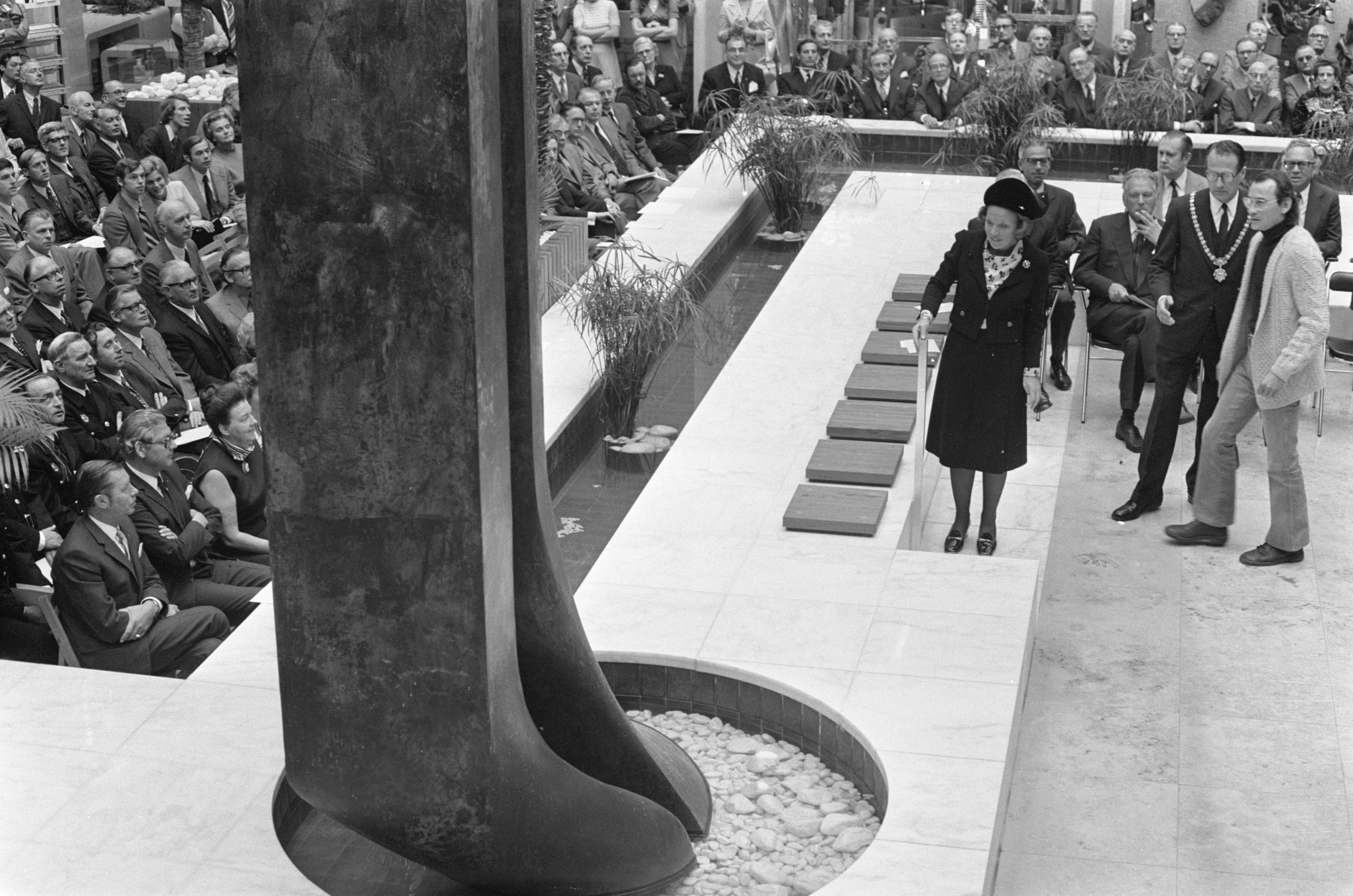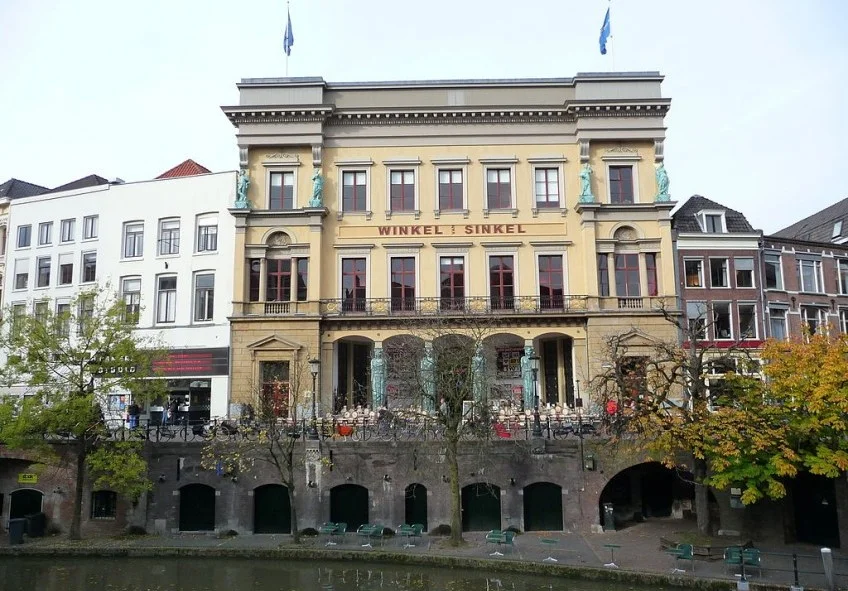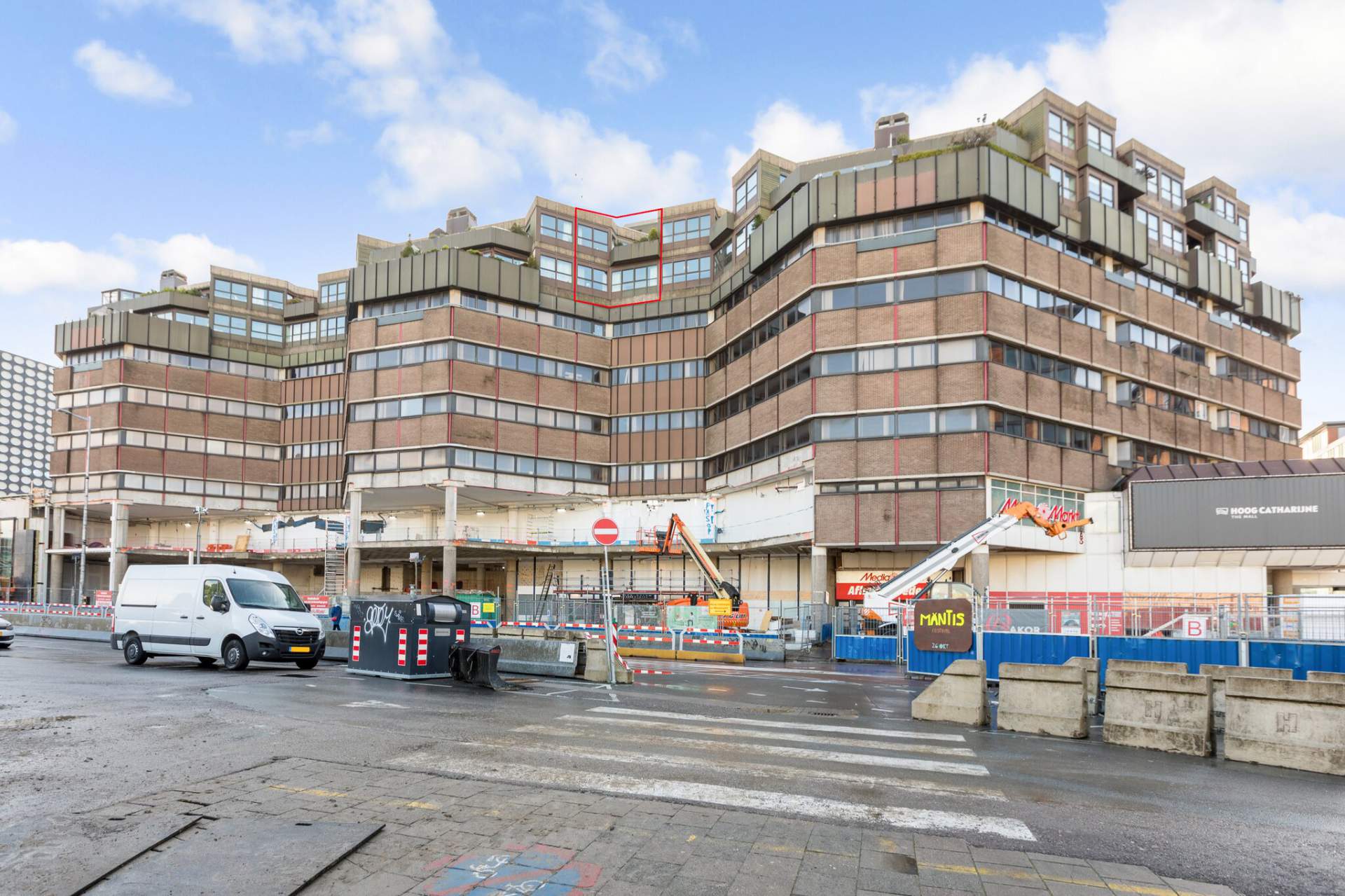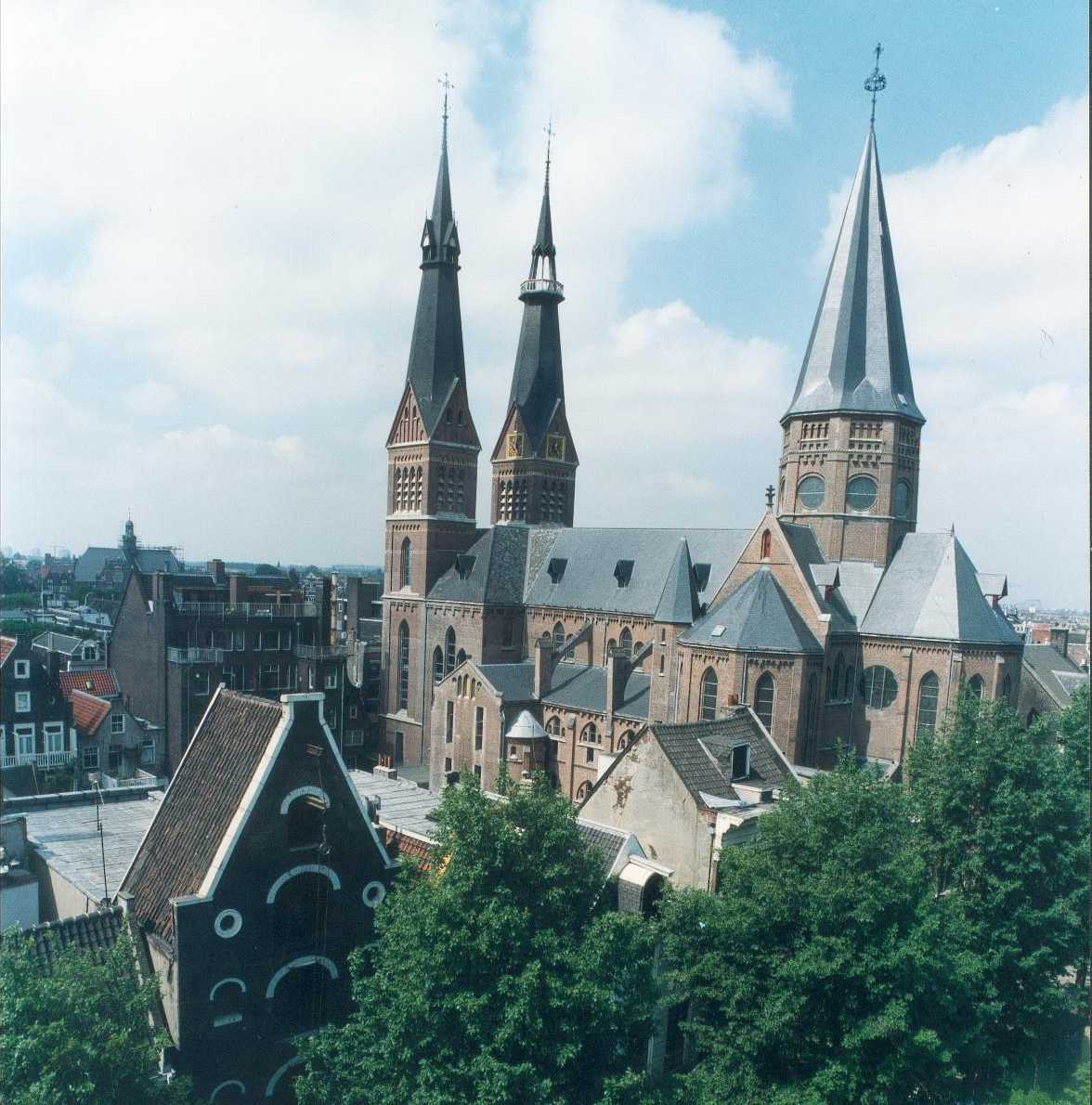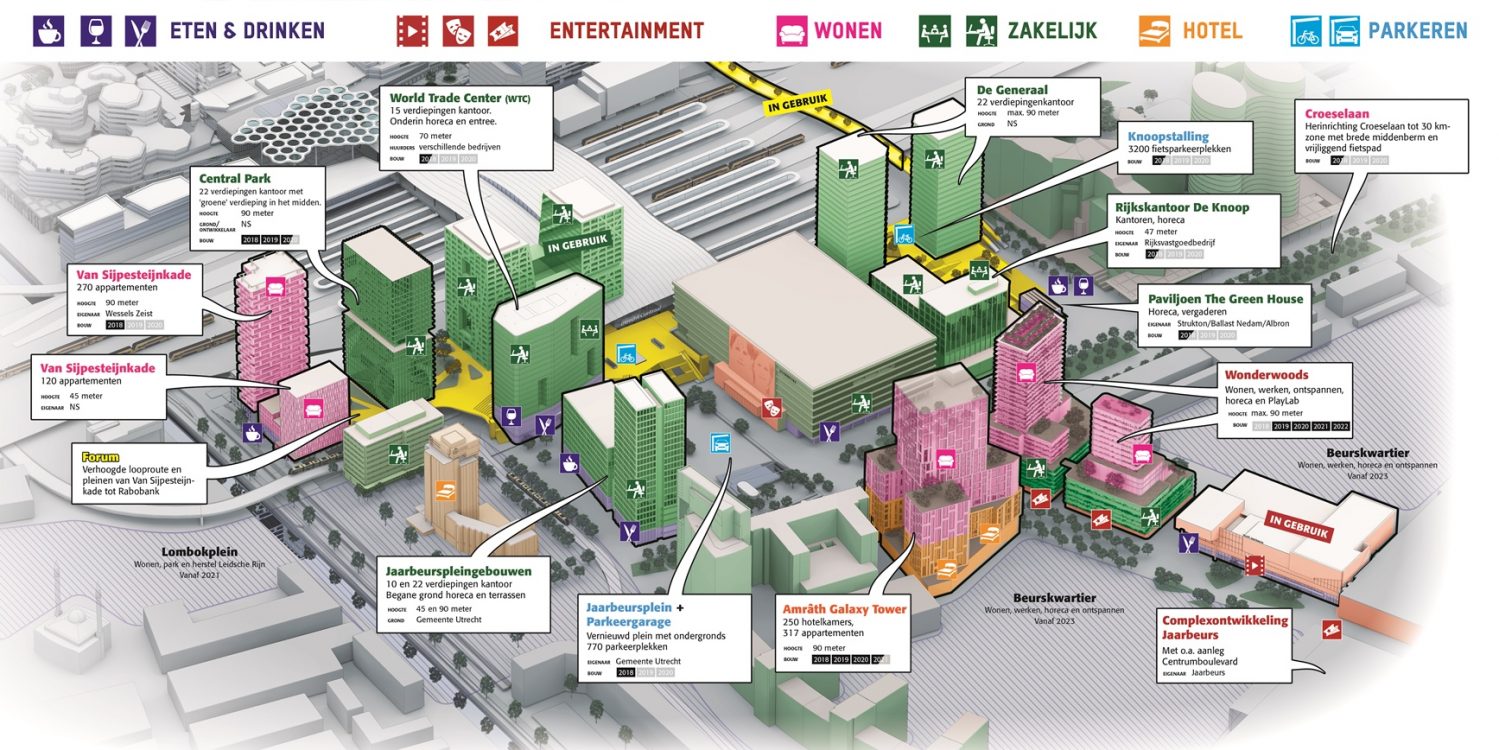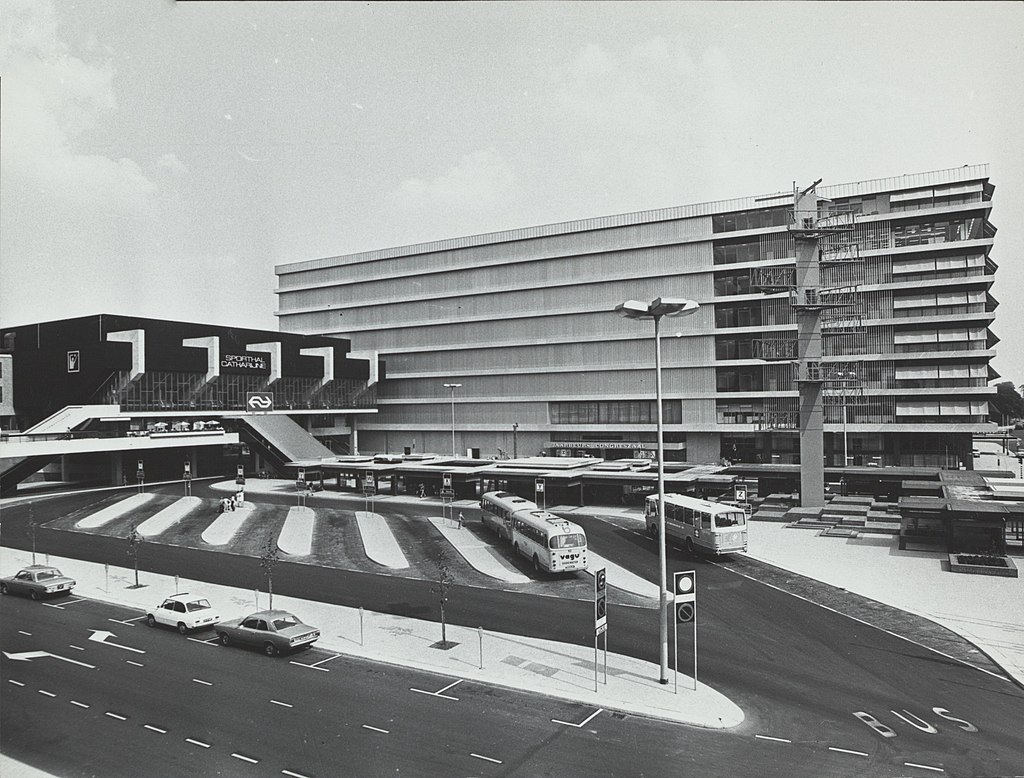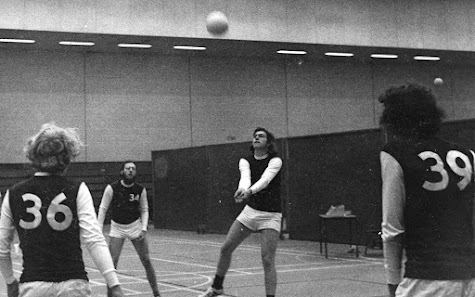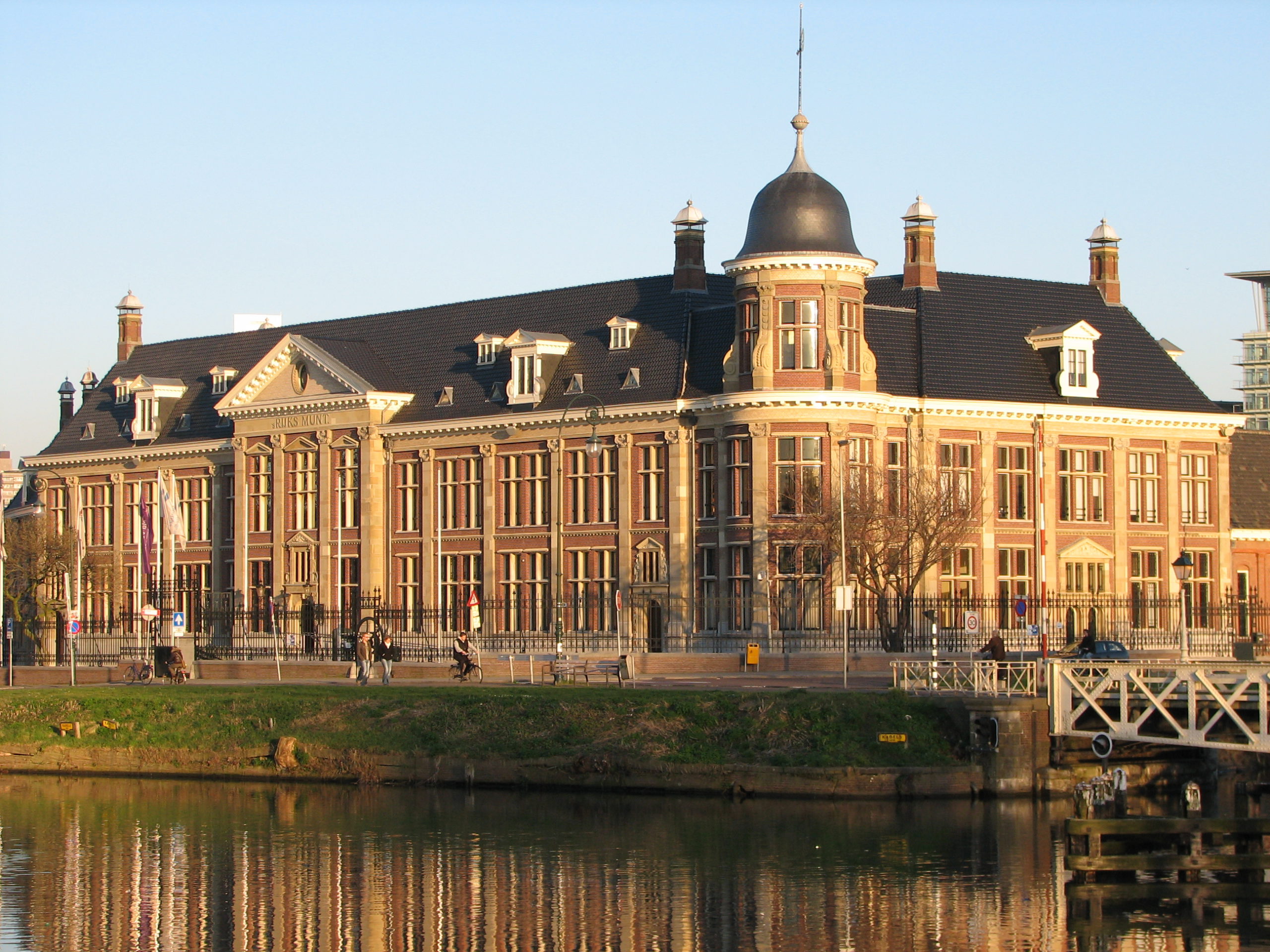
Guided CLIL Walk Through Utrecht
We are now between Central Station and Hoog Catharijne, the largest shopping mall in the country. This walk can only take you take you through a small part of the old town first, then on the other and long neglected site of the station.
Walk your walk and talk your talk, so there will be some assignments/questions to discuss or answer as we go along. Always in groups of two or three and you can rotate as much as you like.
And best to kick off straight away… Hoog Catharijne was built in the seventies in the Oude Spoorwegkwartier, a run-down area between the station and the historic centre.
Dutch railway stations can often be found at a certain distance from the city centre.
- Can you mention three to four other cities with a similar pattern?
- But, can you also think of three to four cities with a different pattern? Any reasons for these differences?
In we go, to see what has become of Hoog Catharijne, celebrating its 50th birthday. A greater emphasis on retail has proven its worth with some 30 million visitors per year. Sports facilities have gone, offfices quite often vacant and residential functions confined to a couple of blocks.
Every picture tells a story and this one is very telling indeed. Princess Beatrix and the opening ceremony in 1973.
- What is it that strikes you immediately?
Let’s move further into this maze. Unfortunately, there’s not enough time to elaborate on some wonderful examples of shared and generated business that give malls like HC its reasons for a visit.
Come to think of it…
- On an annual basis: how often do you visit shopping malls? Any reasons for your number of visits?
Time to leave the mall and see what they have done with the Catharijnesingel more or less recently. Apparently not the best decision, made in the seventies, to have wide arterial roads leading to the centre or car parks.
- Plenty of other cities are still suffering from the idea that such roads were needed to lure visitors to its centre. Give a couple of examples
We cross the Catharijnesinel and head towards the Mariaplaats, Mariastraat and then to the Stadhuisbrug. One of the arguments against HC was that the commercial function of the historic centre would suffer from the mall, the first opportunity upon leaving the station. Hasn’t quite happened as you can see. They may well reinforce each other.
Uteregs is a distinct city dialect. Listen to Rijk de Gooijer. You may wonder how many locals in Utrecht (or Rotterdam, Amsterdam, The Hague) still have a command of their dialect.
Quite spectacular is the Winkel van Sinkel. Anton Sinkel, of German origin, had a chain of shops already in the first half of the 19th century. This one was opened in 1839 and an extremely successful PR campaign was launched with a still well known verse:
- In de Winkel van Sinkel is alles te koop… OK… What was it that you could buy there? Can you name five things?
We follow de Oude Gracht, take the Bakkerbrug, see Oudaen as a fortified city castle and meander our way to Tivoli/Vredenburg, the concert hall. Tivoli now was in my student time a famous wooden concert hall in Park Lepelenburg near the Wittevrouwensingel which also dubbed as room for examinations. I sat there for my first exams, February 1972 – and had to resit for a pass.
Time to cross the singel again, the Smakkelaarskade, where workmen used to throw dice (smakkelen) to divide the work to (un)load ships. Now one of the uglier parts of the city with its concrete slabs, bikes everywehere. This is what HC looked like in the seventies. Look up again and open this link here.
- Teacher salaries have gone up all right, but this nonetheless is a pretty steep price… Question….. If you had the money, would you consider buying this condo? Why (not)?
Under the railroad we go, along the water to the Leidseweg. On the right Lombok, an interesting, dynamic neighbourhood as an example of urban transition. See the Ulu Camii mosque prominent in the foreground. Election time, so time to think about this… There are still parties that want to close mosques, or impose rules on the height of the minarets. Nothing new… See this picture. The mosque and a catholic church designed by Pierre Cuypers do make a statement. In the 19th century the church led to fierce protests in protestant areas, but clearly to no avail.
Utrecht is booming, has experienced a population growth of close to 50% in the last three decades and will continue to expand. Hence this plan CU2030 and the Jaarbeursplein. Pretty spectacular.
Quite a change from my days, when I starred in this sports hall where you can now roughly find the new town hall.
If we have time left, we will follow the Leidseweg up to the Munt. A truly architectural gem where our money was minted for almost two centuries. If not, we will head to the Domstad Academie for coffee, tea and the start of the master class. Enjoy!!


